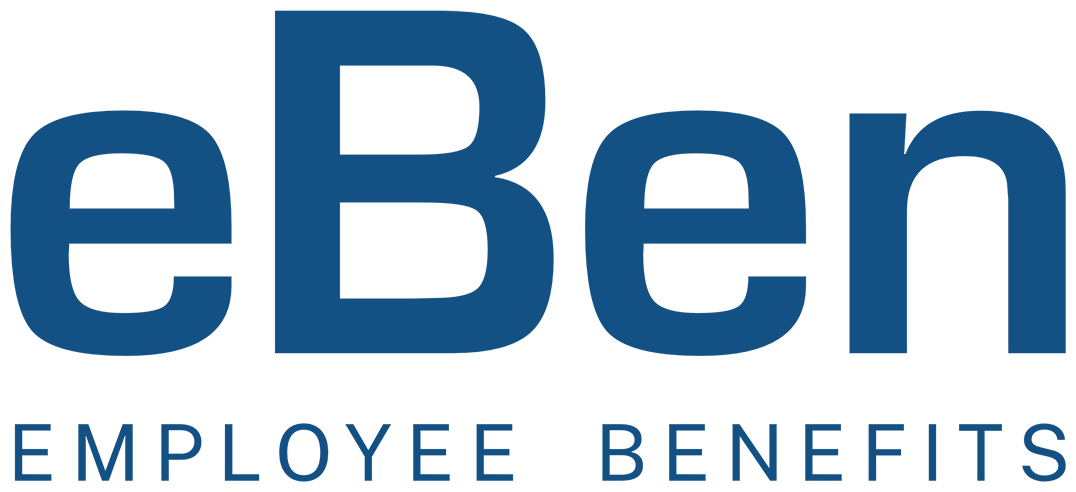 Open enrollment is a pivotal time of year during which employees have the opportunity to review and select benefits for the upcoming year. To prepare for benefits enrollment in 2024, employers must take proactive steps that involve developing and implementing a well-designed open enrollment strategy.
Open enrollment is a pivotal time of year during which employees have the opportunity to review and select benefits for the upcoming year. To prepare for benefits enrollment in 2024, employers must take proactive steps that involve developing and implementing a well-designed open enrollment strategy.
Benefit programs are an essential tool for attracting and retaining talent but they can also help boost productivity, increase morale and drive greater engagement. According to a Gallup report, disengaged employees cost the U.S. an estimated $450 to $550 billion each year in lost productivity. Addressing employee engagement with targeted benefits and incentives can help enhance employee engagement in the workplace.
An effective benefits enrollment process can help mitigate confusion regarding benefit options and ensure workers enroll in the benefits they need to feel confident and be productive. Follow these tips for a successful 2024 benefits enrollment.
1. Use Historical Insights to Preplan
Employers can improve their benefits enrollment process from year to year by looking at historical data. What processes were successful last year and should be repeated? Where were errors made and how should the business prevent the same mistakes? Preparing ahead of time to make these essential changes can significantly improve the next open enrollment.
2. Get Information About Open Enrollment in Front of Workers
Do not wait until the first day of open enrollment to let employees know that they need to act now. Instead, start preparing workers for upcoming enrollment in the weeks prior by making this important information easily accessible. Use multiple channels to send out open enrollment benefits information to employees, such as email, online platforms, and printed materials.
3. Take an Active Approach to Open Enrollment
When it comes to open enrollment, employers can either take a passive or active approach. While a passive approach requires minimal effort from the employer, it is usually not the best approach as workers are often left in the dark about benefit options. Instead, consider an active approach that entails educating employees about their benefit options. Employees can then choose to keep the same coverage, change coverage, or waive coverage.
4. Stay Updated About Benefit Law Changes
Laws on employee benefits can change from year to year, especially in the healthcare landscape. Employers must stay updated about law changes and new benefits requirements to avoid serious penalties. Overlooking benefit law changes could result in hefty fines for an organization.
5. Work Around Realistic Timelines
Employers should give themselves plenty of time to prepare for open enrollment. The general rule of thumb is to start preparing at least 90 to 120 days before the start of the open enrollment period. Work with internal and external partners to ensure that everyone is on the same page. Carriers will generally require rate designs and final plans by a specified date. It may also be necessary to set timelines with brokers and other vendors to stay ahead of schedule.
6. Leverage Benefits Administration Software
Today, employers have a wide range of tools available to them that can streamline the benefits administration process. These important decision-making tools can make the open enrollment process easier by reducing the time needed for employers to manually enroll workers in benefits plans by providing employees access to online self-service portals. Once employees submit their preferred benefits, these tools can automatically communicate any benefit changes to carriers and HR.
 7. Highlight Major Changes to Benefits
7. Highlight Major Changes to Benefits
While many employees expect their benefits to remain the same year after year, this is not always the case. When major benefit changes are on the horizon, employers should make these changes known across the workplace. Highlight any modifications to the benefits offerings since the previous year and explain to employees what they may gain or lose from these changes, in addition to any additional actions they may need to take during open enrollment.
8. Host a Question-and-Answer Session
Regardless of the amount of benefits information provided to employees, it is inevitable that workers will have questions. Consider hosting a question-and-answer session before open enrollment to allow workers to ask questions or express concerns they may have about benefits changes or coverage options. Also, communicate to employees that they are welcome to ask questions privately by contacting a designated plan advisor.
9. Prepare for the Post-Open Enrollment Period
An employer’s work is not finished on the last day of open enrollment. Instead, employers must prepare for post-open enrollment tasks, such as providing employees with information on what to expect to receive from vendors and carriers. For example, employees who enroll in an HSA or FSA for the first time may receive communications and a debit card in the mail; other employees may receive new member ID cards.
Contact eBen for Comprehensive HR Solutions
Having a solid strategy in place to tackle the open enrollment period can have a significant and positive impact on the overall success of benefits enrollment. Contact eBen to discover how we can assist you.


